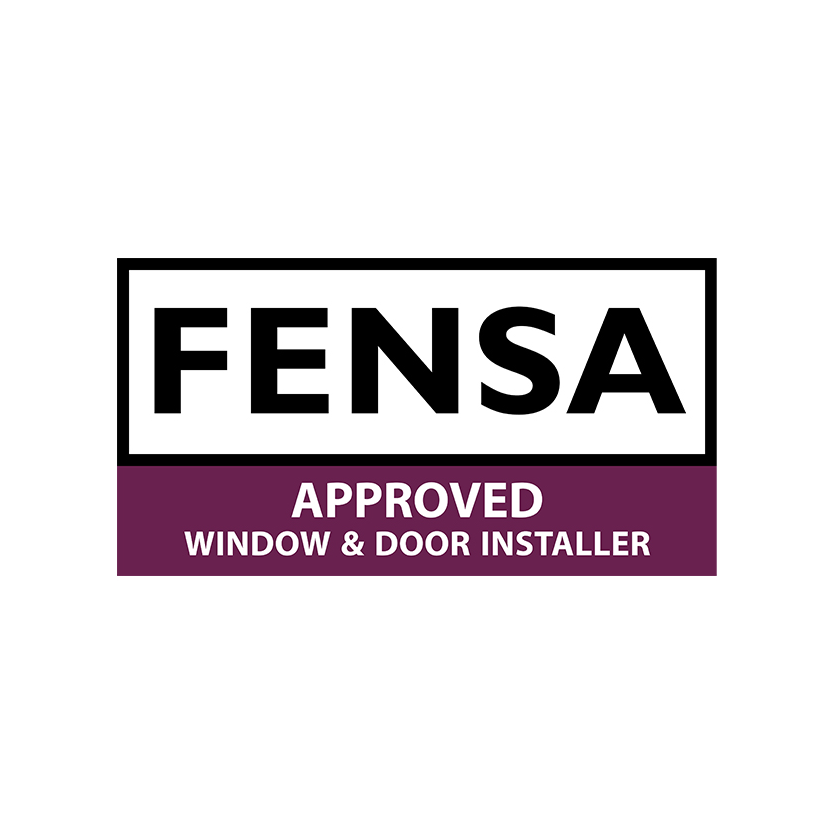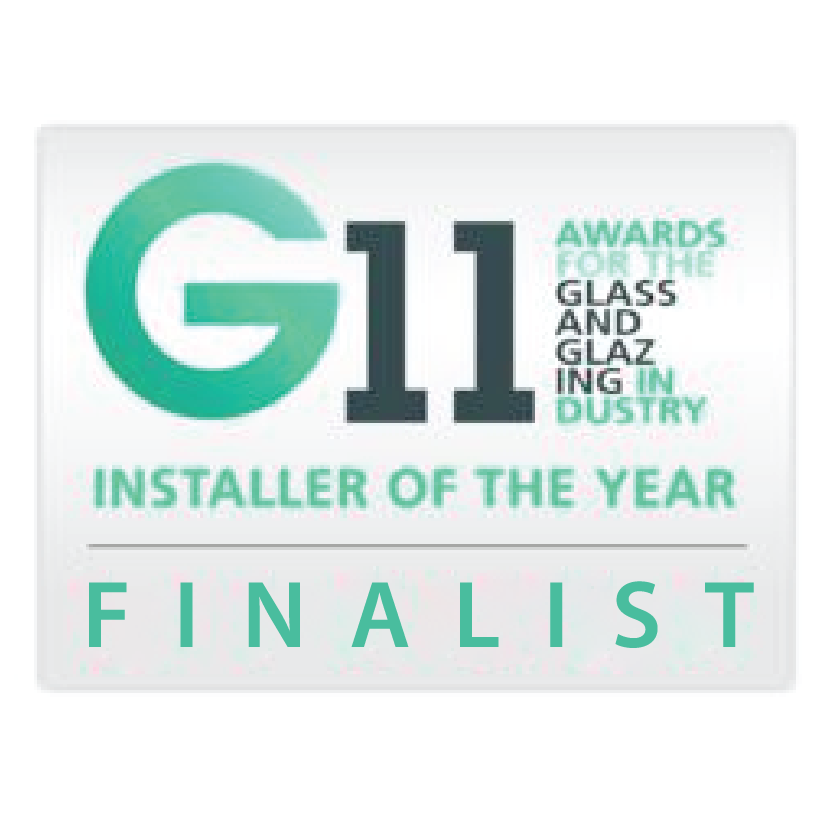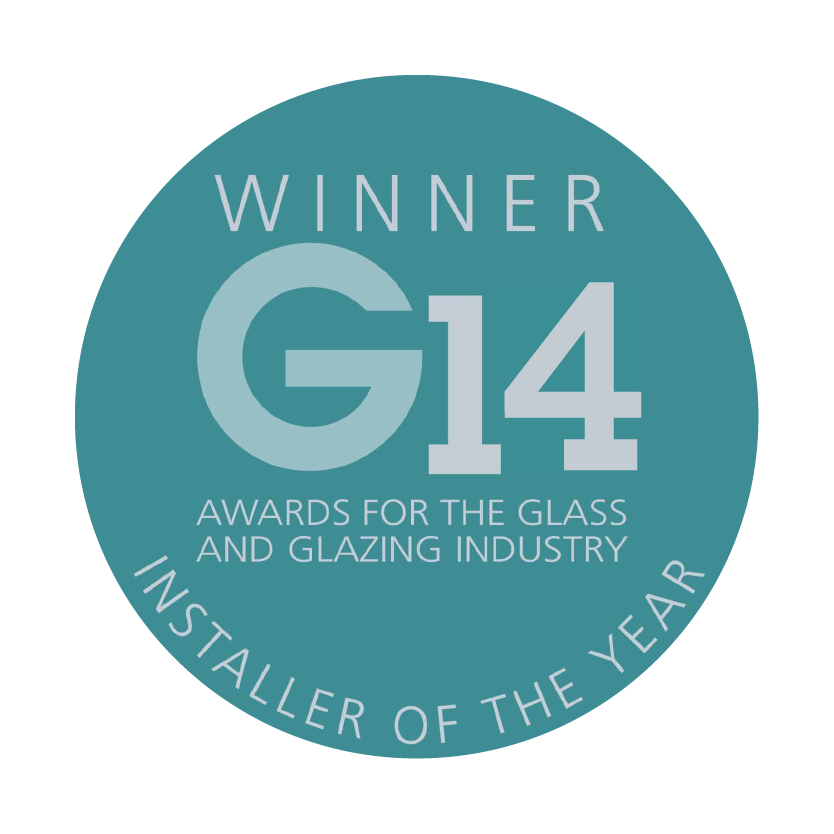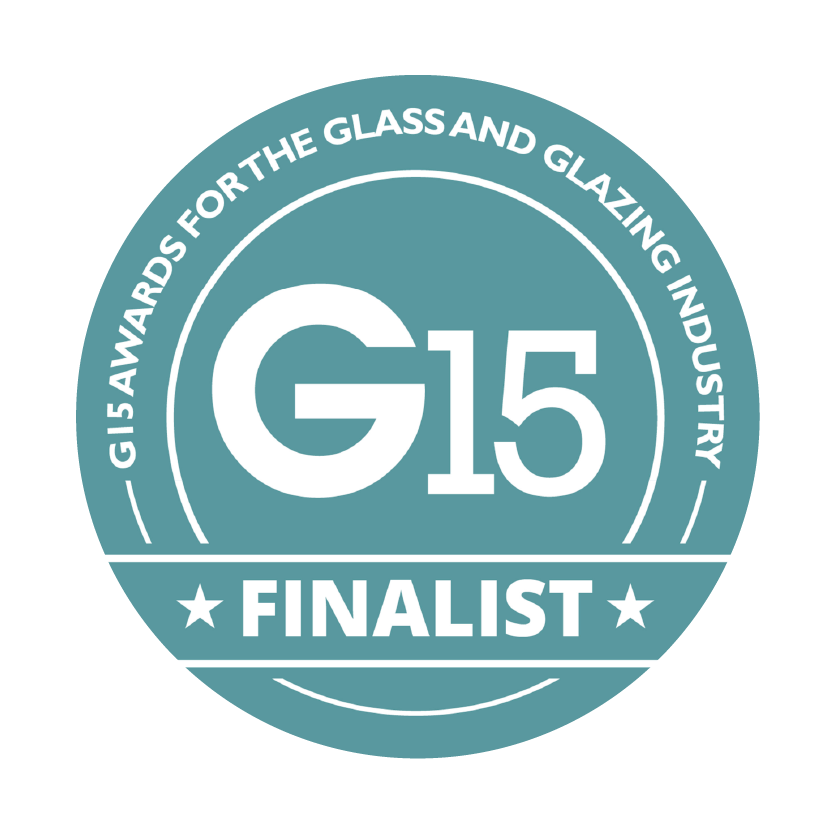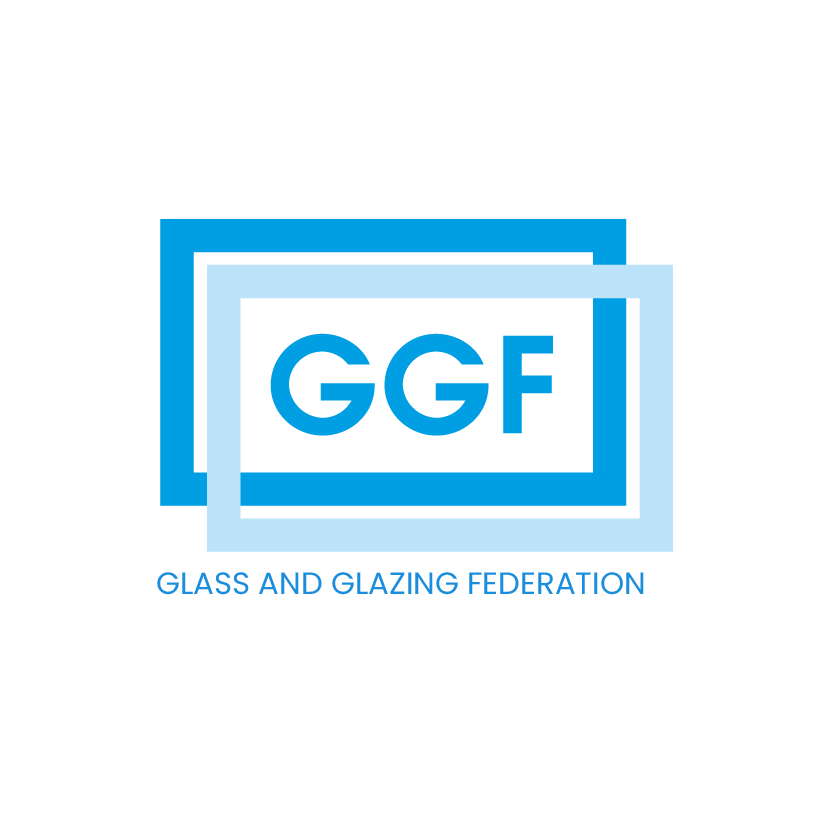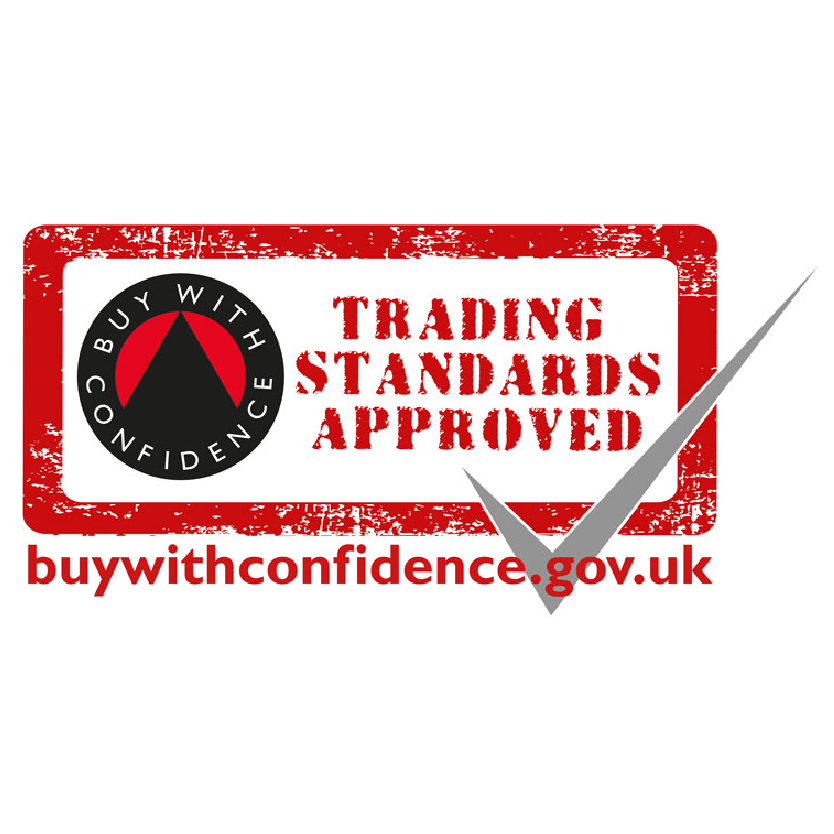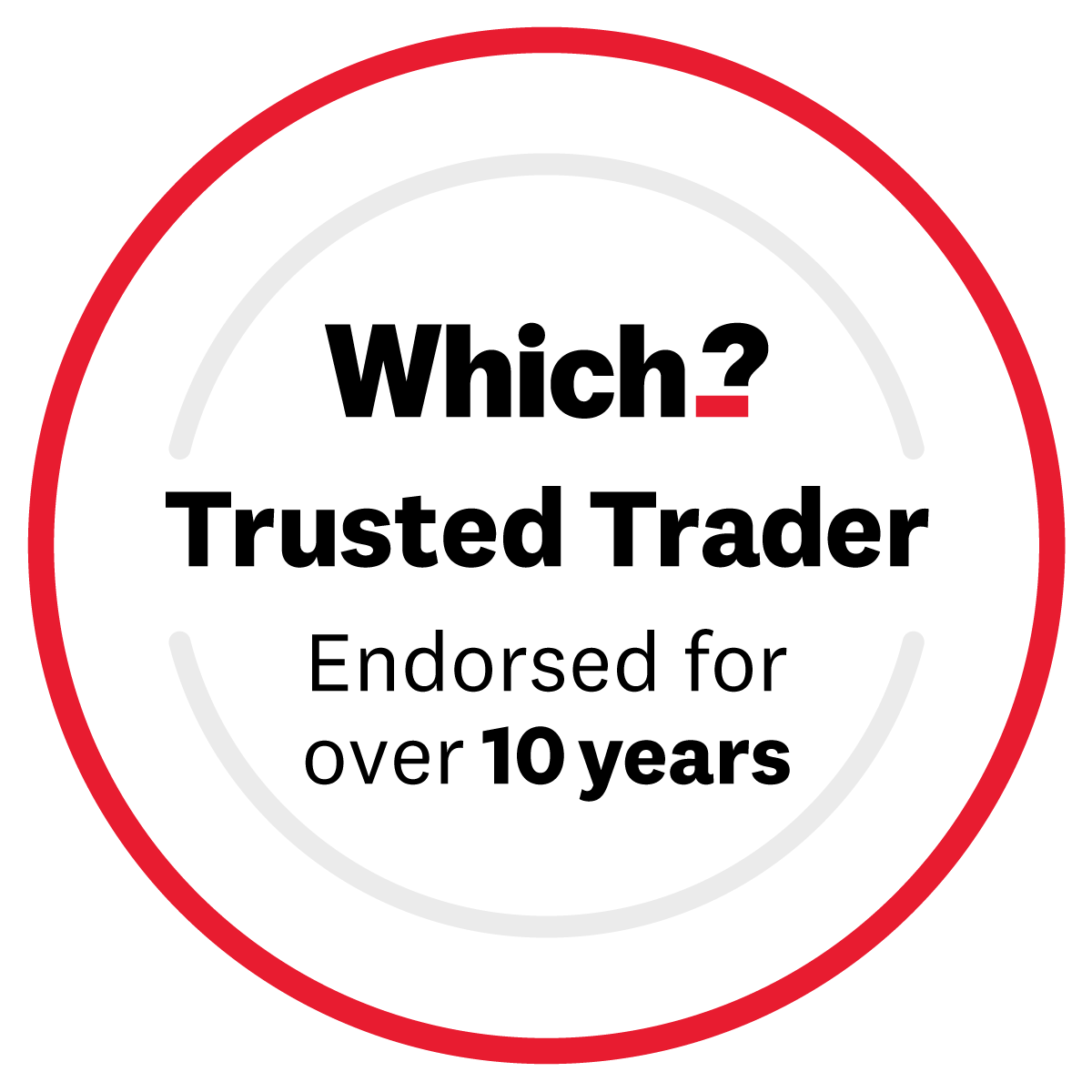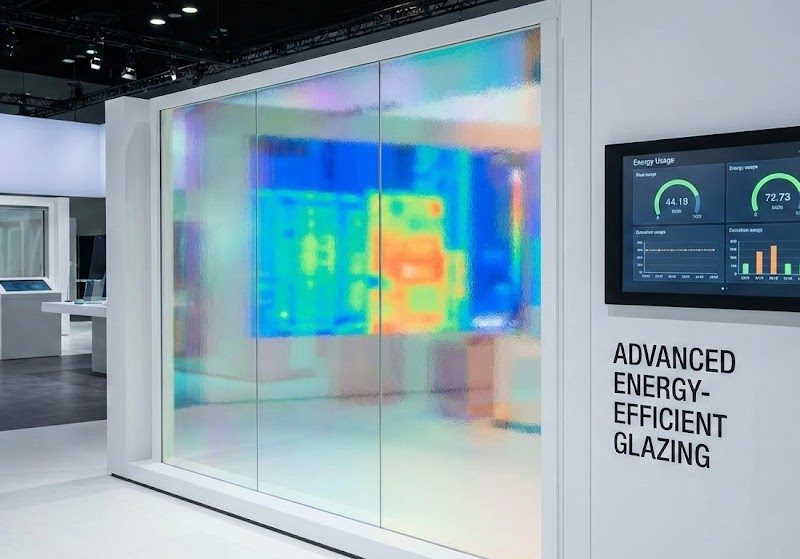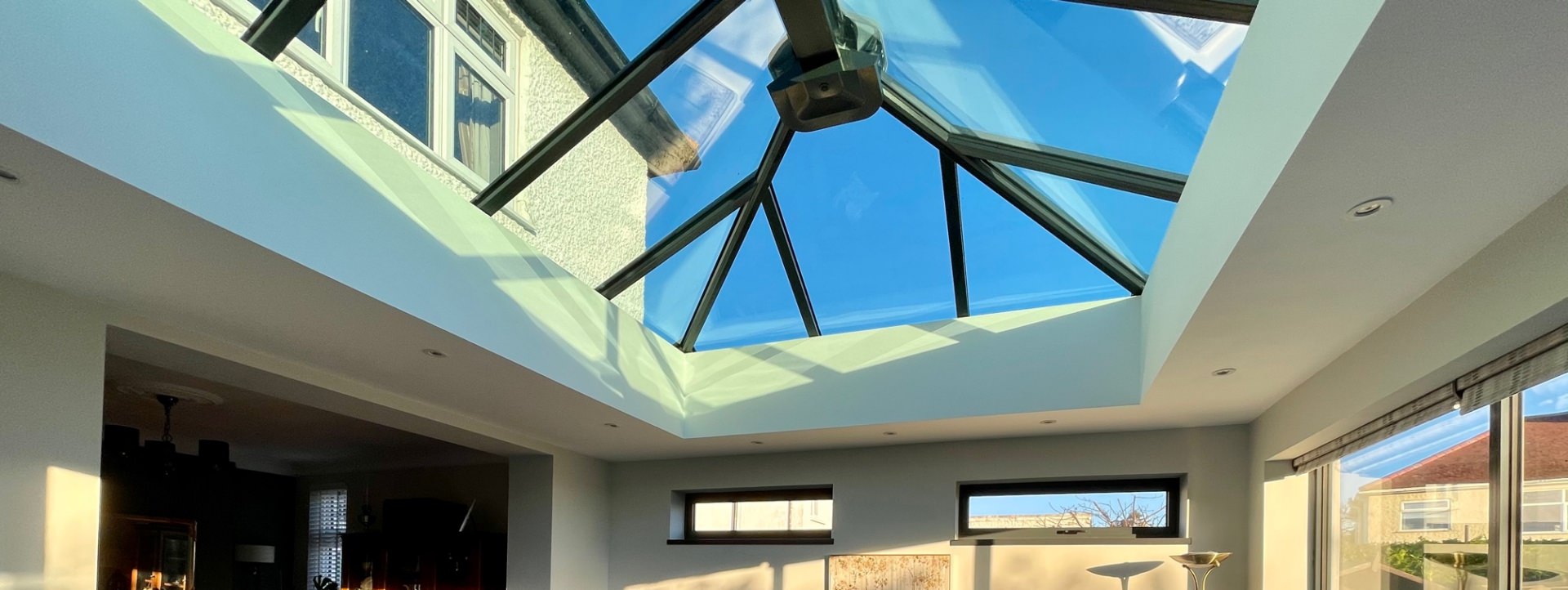
Timber - PVC - Aluminium - Windows, Doors & Conservatories in Hampshire
The Ultimate Guide to Glass Types: Choosing Performance, Safety & Style
The Ultimate Guide to Glass Types: Choosing Performance, Safety & Style
Category: Glazing Knowledge Hub
Reading Time: 10 Minutes (Summary)
Key Takeaways: The World of Modern Glazing
- More Than Just Clear: Modern glass is a high-tech material engineered to control heat, light, sound, and safety.
- Energy Efficiency is Standard: Low-E coatings are essential for retaining winter heat and meeting building regulations.
- Safety is Mandatory: Critical locations (like doors) require Toughened or Laminated safety glass to prevent injury.
- Lifestyle Solutions: Specialized options exist for specific needs, such as self-cleaning coatings for conservatories or acoustic glass for noisy roads.
The Ultimate Guide to Glass Types: Choosing Performance, Safety & Style
Gone are the days when glass was just a fragile, clear material to fill a hole in the wall. Today, modern glazing is a high-tech component integral to the comfort, security, and energy efficiency of your home.
But with so many options available—from coatings invisible to the naked eye to complex laminated layers—how do you know which glass is right for which window?
At KJM Group, we believe in empowering our customers with knowledge. This hub page is your definitive guide to the major types of glass used in residential glazing today. Explore the summaries below and click through to our in-depth guides to master your choices.
1. Mastering Temperature: Energy Efficiency & Comfort
Managing the climate inside your home is the primary job of modern windows. Different glass types are engineered to tackle specific temperature challenges, whether it’s keeping heat in during winter or keeping heat out during summer.
Low-E Glass (Thermal Insulation)
Low-Emissivity (Low-E) glass is the cornerstone of energy-efficient modern homes. It features a microscopically thin, transparent coating that acts as a thermal mirror. It reflects the heat generated by your radiators back into the room, preventing it from escaping outside, significantly lowering your energy bills and meeting building regulations.
Read the Full Guide to Low-E GlassSolar Control Glass (Summer Comfort)
If you have a conservatory, orangery, or large south-facing bi-fold doors, you know about the “greenhouse effect.” Solar control glass is designed to combat overheating. It uses advanced coatings to reflect a large percentage of the sun’s infrared heat away from your home before it enters, keeping bright rooms cool and comfortable in summer without losing natural light.
Read the Full Guide to Solar Control Glass2. Protecting Your Home: Safety & Security Glazing
Standard “annealed” glass breaks easily into dangerous, sharp shards. For modern homes, this is unacceptable in critical areas. Safety and security glass types are processed to protect your family from injury and your home from intruders.
Toughened Safety Glass
Also known as tempered glass, this is standard glass that has been subjected to intense heating and rapid cooling. This process makes it up to five times stronger than regular glass. Crucially, if it does break, it shatters safely into thousands of tiny, relatively harmless cubes rather than dangerous daggers. It is essential for low-level windows and doors.
Read the Ultimate Guide to Toughened GlassLaminated Security Glass
When security is paramount, laminated glass is the gold standard. It consists of two panes of glass sandwiched around a tough plastic interlayer (PVB). If the glass is broken, the shards adhere to the plastic layer, keeping the pane intact and preventing entry. It offers superior security benefits and excellent noise reduction.
Read the Full Guide to Laminated Glass3. Style & Lifestyle: Visuals, Privacy & Maintenance
Once practicalities like heat and safety are sorted, you need to consider how the glass looks and how easy it is to live with. These glass types focus on aesthetics, privacy, and convenience.
Low-Iron Glass (Crystal Clear Views)
Have you ever noticed the slight green tint on the edge of standard glass? That’s caused by iron content, and it can subtly dull colours when looking through a window. Low-iron glass is manufactured with reduced iron levels, resulting in exceptional clarity and colour transmission. It’s practically invisible, making it perfect for framing beautiful views or glass splashbacks.
Read the Full Guide to Low-Iron GlassObscure & Textured Glass (Privacy)
Sometimes you need light, but you don’t want a view—think bathrooms, front doors, or overlooked side windows. Obscure glass uses textured patterns or satin finishes to distort the view through the glass, providing privacy ranging from Level 1 (low) to Level 5 (high) without blocking out natural daylight.
Read the Full Guide to Obscure GlassSelf-Cleaning Glass (Low Maintenance)
For hard-to-reach areas like conservatory roofs, cleaning can be dangerous or expensive. Self-cleaning glass uses a dual-action microscopic coating. It uses UV daylight to break down organic dirt, and then uses rain to wash the dirt away in a smooth sheet, drastically reducing the need for manual cleaning.
Read the Full Guide to Self-Cleaning GlassNeed Help Making the Right Choice?
With so many combinations available (e.g., a Toughened, Solar Control outer pane with a Laminated, Low-E inner pane), getting the specification right for your project can be daunting.
The experts at KJM Group are here to help. We can assess your home’s orientation, security needs, and aesthetic goals to recommend the perfect glazing package.
Contact the KJM Team Today- The 2026 Glazing Outlook” – High-level summary of the pivot to growth. - 9 December 2025
- Industry News: The Future Homes Standard 2025 & What It Means for Your Windows - 1 December 2025
- KJM Group MD Attends House of Commons Event to Champion UK Glass Industry - 14 November 2025

